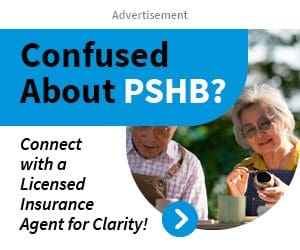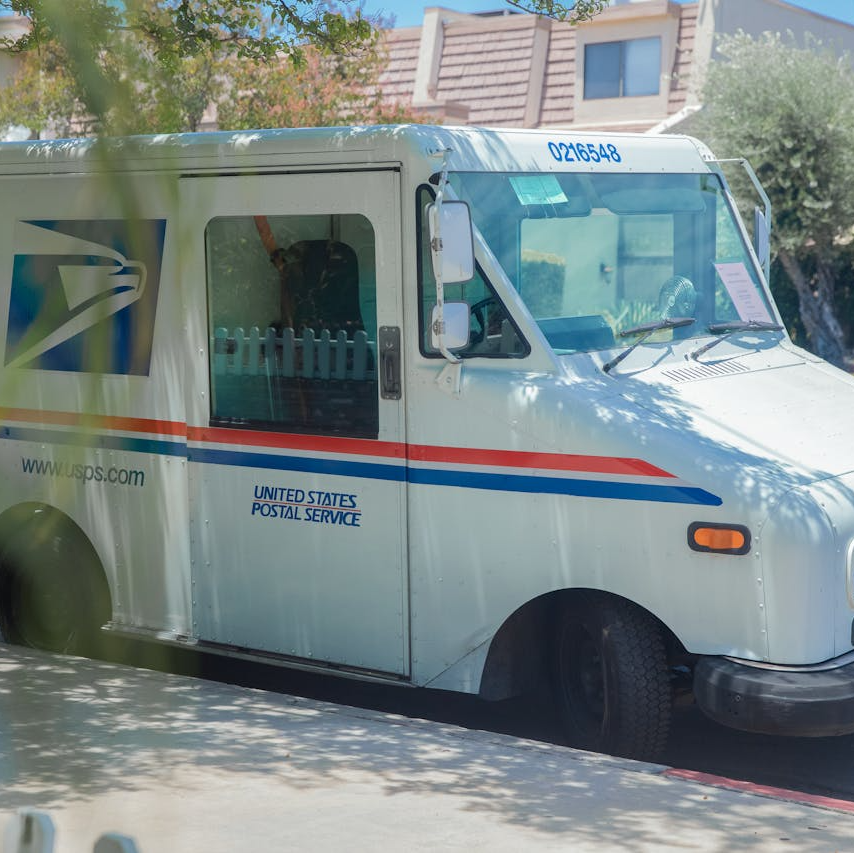Key Takeaways
- USPS retirees must transition from FEHB to PSHB to maintain health benefits, integrating Medicare options.
- Understanding key dates and coverage options ensures a smooth transition, minimizing disruptions in healthcare.
Medicare Meets PSHB: Simplifying Your Health Benefits as a USPS Retiree
As a retiree from the United States Postal Service (USPS), navigating your health benefits can be complex, especially with the introduction of the Postal Service Health Benefits (PSHB) program. Coupled with Medicare, this new system aims to streamline and enhance your healthcare coverage. This guide will break down the essential aspects of PSHB and Medicare, helping you understand and manage your benefits effectively.
What’s the Buzz About PSHB and Medicare?
The PSHB program, introduced as part of the 2023 Postal Service Reform Act, mandates that all USPS retirees and their dependents enroll in PSHB by 2025. This shift is significant as it integrates Medicare benefits with postal retiree health plans. The combination is designed to ensure comprehensive healthcare coverage, reduce overall costs, and provide a seamless transition for retirees.
Understanding this new combo is crucial for USPS retirees as it affects how you access healthcare services and manage costs. PSHB plans are tailored to work alongside Medicare, ensuring that retirees receive the maximum benefits from both programs. This integrated approach aims to simplify healthcare management, reduce out-of-pocket expenses, and improve overall health outcomes.
Why This New Combo Matters for USPS Retirees
The transition to PSHB is more than just a change in name; it represents a shift in how health benefits are structured and delivered. For USPS retirees, this new combo matters for several reasons:
- Enhanced Coverage: PSHB plans are designed to complement Medicare, providing broader coverage options and reducing gaps in care.
- Cost Efficiency: By integrating with Medicare, PSHB aims to lower healthcare costs for retirees through coordinated benefits and reduced premiums.
- Simplified Administration: A unified system reduces the complexity of managing multiple health plans, making it easier for retirees to access and understand their benefits.
For retirees, this means a more streamlined experience with potentially lower costs and better coverage, ensuring that your healthcare needs are met without unnecessary stress or confusion.
Making Sense of Your Health Benefits
Understanding the interplay between PSHB and Medicare is essential for managing your health benefits effectively. Here are the key points to consider:
- Enrollment: All USPS retirees must enroll in PSHB by January 2025. If you are already enrolled in Medicare, your PSHB plan will automatically coordinate with Medicare Part A and Part B.
- Coverage: PSHB plans will provide additional coverage on top of what Medicare offers, covering services that Medicare might not fully cover.
- Costs: While PSHB plans are designed to reduce overall costs, it’s important to review plan details to understand any premiums, copayments, or out-of-pocket expenses.
Taking the time to understand these elements will help you make informed decisions about your healthcare and ensure you get the most out of your benefits.
How to Transition Smoothly from FEHB to PSHB
Transitioning from the Federal Employees Health Benefits (FEHB) program to PSHB requires careful planning. Here’s how you can ensure a smooth transition:
- Stay Informed: Keep up-to-date with announcements and resources provided by USPS and the Office of Personnel Management (OPM). These will guide you through the transition process.
- Review Your Options: Assess the available PSHB plans and compare them with your current FEHB coverage. Look for plans that best meet your healthcare needs.
- Coordinate with Medicare: If you are eligible for Medicare, ensure you are enrolled in both Part A and Part B. PSHB plans will work alongside Medicare to provide comprehensive coverage.
- Seek Assistance: Contact licensed insurance agents or USPS benefits counselors for personalized advice and assistance with the transition.
By taking these steps, you can minimize disruptions to your healthcare coverage and make a seamless transition to PSHB.
Sorting Out Your Coverage Options
With the introduction of PSHB, you will have several coverage options to consider. Here’s how to sort out your choices:
- Understand Plan Types: PSHB offers a range of plan types, including Health Maintenance Organizations (HMOs), Preferred Provider Organizations (PPOs), and High-Deductible Health Plans (HDHPs). Each type has different benefits and costs.
- Evaluate Your Needs: Consider your healthcare needs, including regular doctor visits, prescription medications, and any ongoing treatments. Choose a plan that provides the necessary coverage for your specific needs.
- Compare Benefits: Review the benefits offered by each plan, including coverage for prescription drugs, preventive care, and specialist services. Ensure the plan you choose aligns with your healthcare requirements.
- Check Provider Networks: Verify that your preferred healthcare providers and hospitals are included in the plan’s network to avoid additional out-of-pocket costs.
Taking the time to evaluate your options will help you select a PSHB plan that best fits your healthcare needs and budget.
Key Dates and Deadlines to Remember
Transitioning to PSHB involves several important dates and deadlines. Keeping track of these will ensure you don’t miss any critical steps in the process:
- Enrollment Period: The open enrollment period for PSHB starts in November 2024. During this time, you can choose your new health plan.
- Effective Date: Your new PSHB coverage will begin on January 1, 2025. Ensure all necessary paperwork is completed and submitted before this date.
- Medicare Coordination: If you are eligible for Medicare, ensure you are enrolled in Parts A and B by the end of 2024 to coordinate with your PSHB plan.
Mark these dates on your calendar and set reminders to complete any required actions on time.
Tips for Navigating Your Benefits
Navigating your health benefits can be overwhelming, but these tips can help you manage the process more effectively:
- Stay Organized: Keep all your health insurance documents, including plan details, correspondence, and enrollment forms, in one place for easy reference.
- Ask Questions: Don’t hesitate to reach out to USPS benefits counselors or licensed insurance agents if you have any questions or need clarification on your benefits.
- Review Regularly: Periodically review your health plan to ensure it continues to meet your needs. Open enrollment periods are a good time to make any necessary changes.
- Utilize Resources: Take advantage of the resources provided by USPS, OPM, and Medicare to stay informed about your health benefits.
By staying proactive and organized, you can effectively navigate your health benefits and ensure you receive the coverage you need.
Where to Find Help and More Information
If you need assistance or more information about your health benefits, several resources are available:
- USPS Benefits Counselors: These professionals can provide personalized guidance and answer any questions you have about the transition to PSHB.
- Licensed Insurance Agents: Licensed agents can help you compare PSHB plans and understand how they integrate with Medicare.
- Online Resources: Websites such as OPM.gov and Medicare.gov offer detailed information about PSHB and Medicare benefits.
Utilizing these resources can help you make informed decisions and navigate the transition smoothly.
Ensuring a Smooth Transition
Navigating the transition from FEHB to PSHB and integrating Medicare can be complex, but with the right information and resources, you can ensure a smooth process. By understanding your options, staying organized, and seeking assistance when needed, you can effectively manage your health benefits and enjoy comprehensive coverage as a USPS retiree.
Contact Information:
Email: [email protected]
Phone: 3035559012










